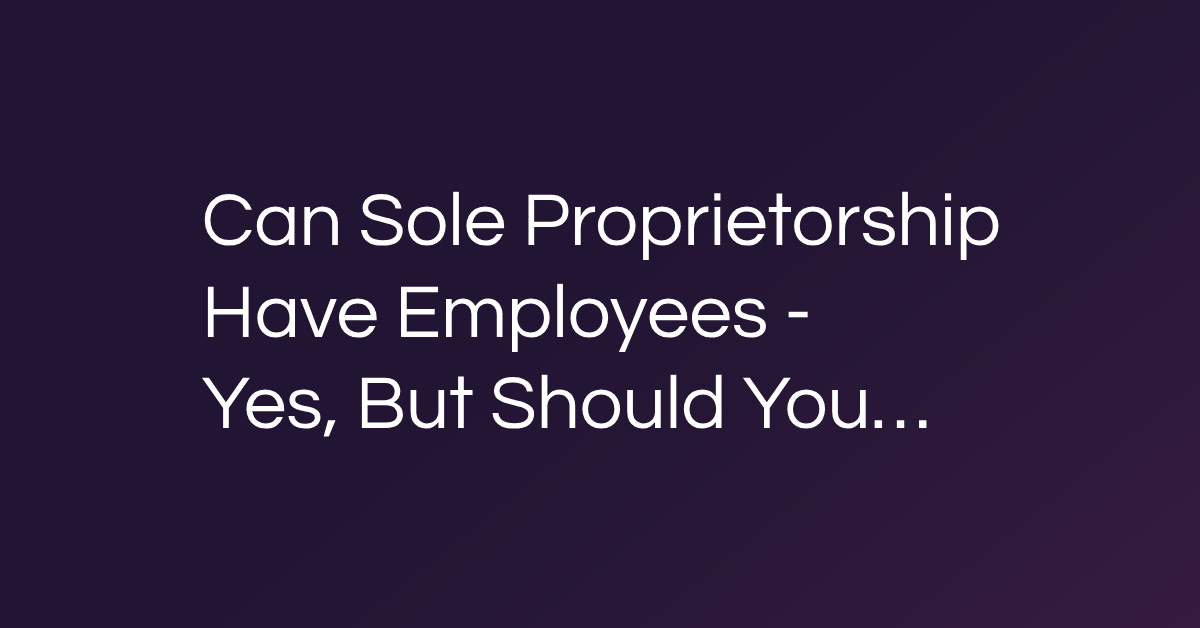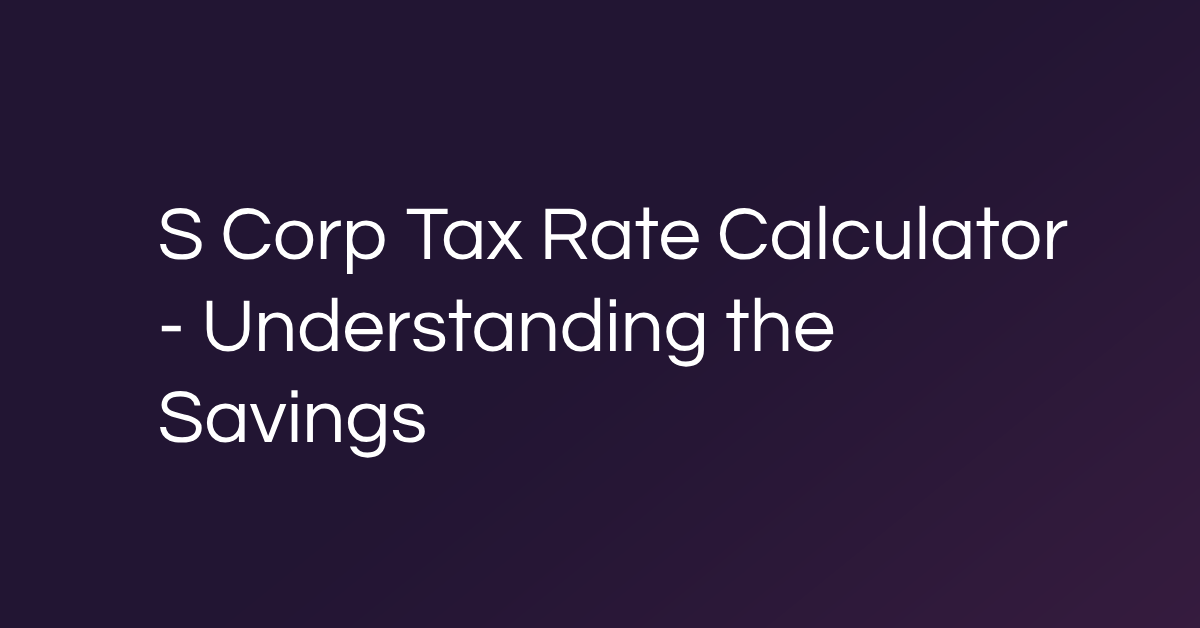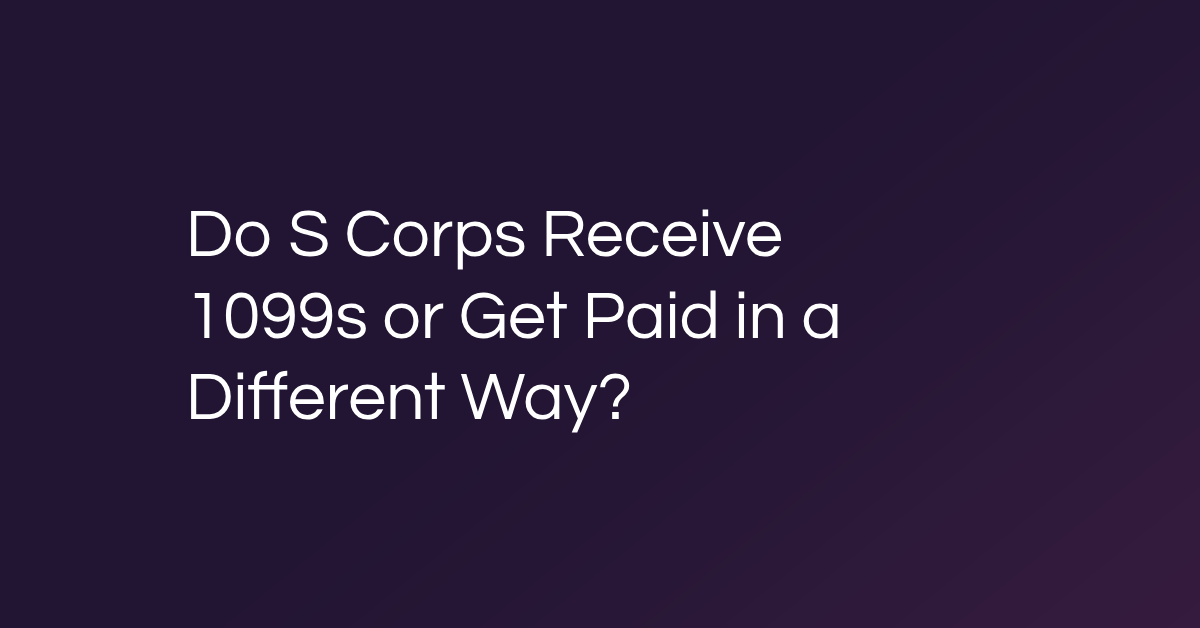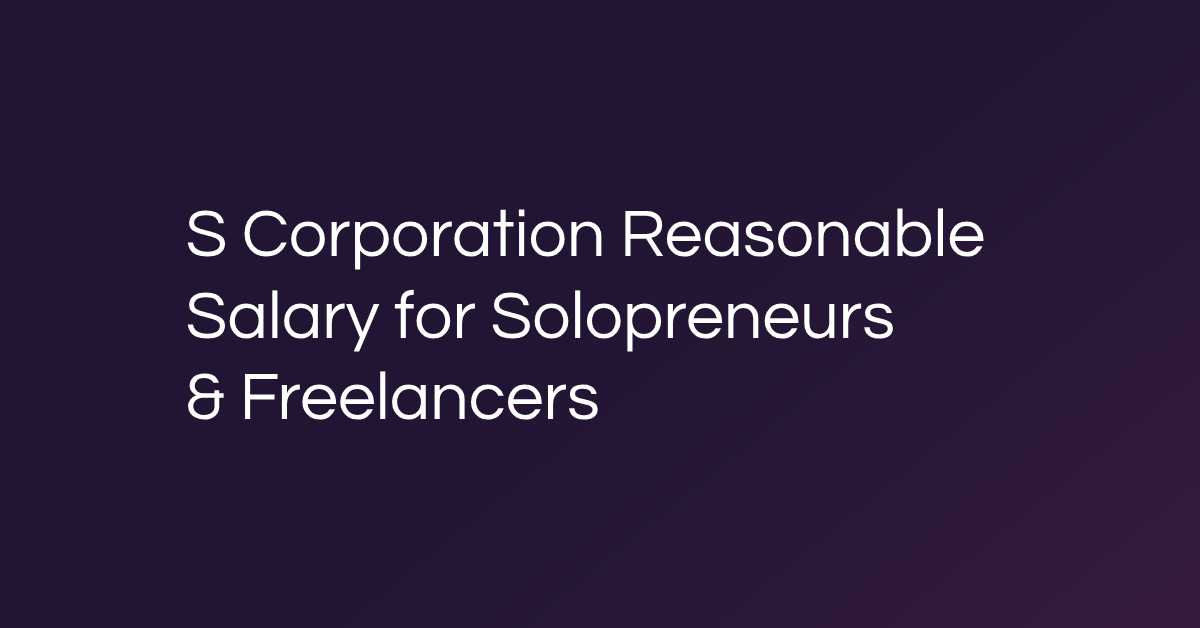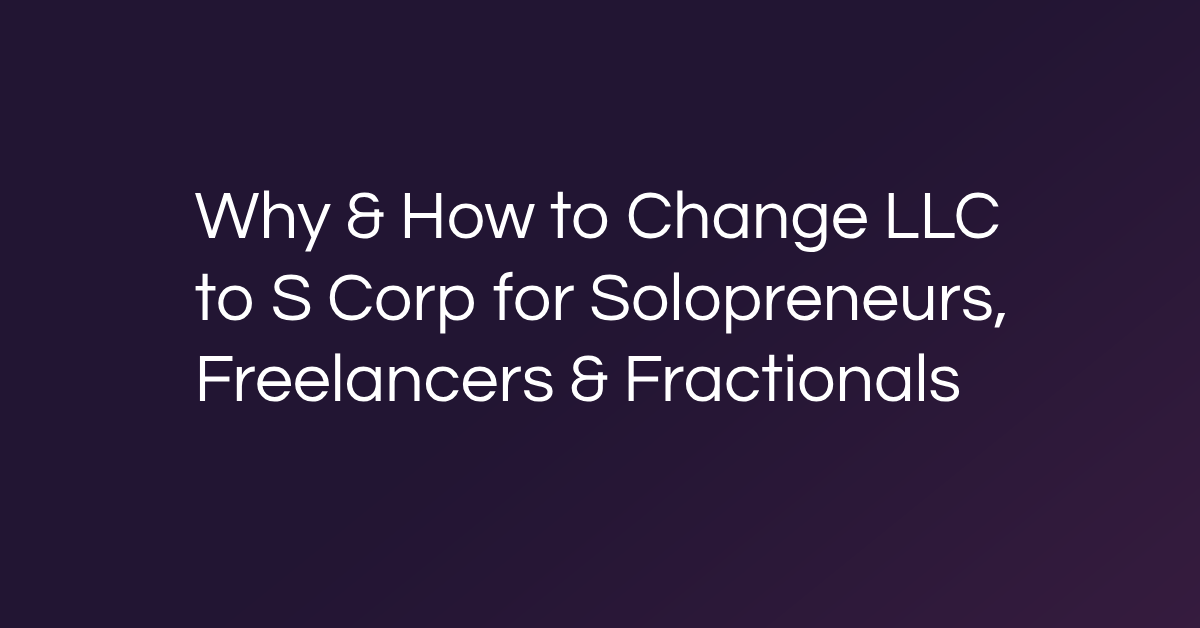As a solopreneur, running a business as a sole proprietorship offers flexibility and simplicity. You make the decisions, keep the profits, and report earnings directly on your tax return. But once you start thinking about hiring employees, things change.
Can a sole proprietorship have employees? Legally, yes—but the risks and responsibilities increase significantly. From liability exposure to payroll obligations, bringing on staff comes with real costs.
Operating a sole proprietorship
A sole proprietorship is the most straightforward way to run a business. The company doesn’t need to register with the state, file formation documents, or maintain separate records—everything flows through you, the owner.
As the sole owner, you oversee operations, retain all profits, and report income on your individual tax return. That simplicity appeals to many first-time business owners, especially those starting part-time or testing a new idea.
But that same simplicity comes with exposure. Without a legal separation between owner and business, they are personally liable for all debts, lawsuits, and payroll mistakes. Growth quickly outpaces what a sole proprietorship can comfortably support.
Can sole proprietors have employees?
Sole proprietors can legally hire employees. They can recruit staff, run payroll, and comply with labor laws without forming an LLC or corporation. This includes verifying work eligibility, reporting new hires, and managing payroll taxes.
But legality doesn’t eliminate risk. Without a formal business structure, the owner is personally liable for employment-related issues—such as wage disputes, tax errors, or on-the-job accidents. Personal assets may be exposed.
Many solos choose to work with independent contractors under a W-9 instead of hiring full-time employees to reduce liability and overhead.
How to hire employees for a sole proprietorship
Hiring employees as a sole proprietor requires careful planning and full legal compliance. The process begins with obtaining an Employer Identification Number (EIN) from the IRS—this is mandatory for processing payroll and tax reporting.
From there, sole proprietors must:
- Register with state labor and unemployment agencies
- Verify employee eligibility through Form I-9
- Report all new hires to the appropriate state directory
- Classify workers correctly to avoid penalties
- Set up withholding for federal and state taxes
- Post required labor law notices at the workplace
The U.S. Small Business Administration outlines each of these steps. It also covers wage standards, sole proprietorship insurance requirements, and anti-discrimination laws that apply to all employers—regardless of business structure.
Legally hiring is possible without forming an LLC, but the administrative burden increases significantly for sole proprietors.
Pros and cons of hiring employees as a sole proprietor
Hiring employees can help a growing business expand its capacity—but for sole proprietors, it comes with trade-offs. There’s no legal barrier between the business and the owner, so any liability involving employees puts personal assets at risk.
Pros include:
- Increased capacity to serve more clients or grow operations
- The ability to delegate repetitive or specialized tasks
- Building a long-term team to support business goals
Cons include:
- Personal liability for payroll errors, disputes, or workplace incidents
- Higher operating costs from wages, benefits, and taxes
- Increased administrative responsibilities, including onboarding, training, and compliance
Many solo business owners eventually reach a point where the risks of employing staff without legal protection outweigh the benefits. Switching from a sole proprietorship to an LLC or S corporation offers a safer, more scalable way to grow a team, and Besolo helps make that transition seamless.
How to pay employees as a sole proprietor
Once employees are hired, payroll becomes a legal obligation. Sole proprietors must withhold and remit federal and state income taxes, Social Security and Medicare (FICA), and unemployment insurance contributions. They’re also responsible for issuing W-2s and filing quarterly payroll tax reports.
Massachusetts, California, New York, and most other states require registration with state tax and labor agencies before wages can be paid. Depending on the state and the number of employees, employers may also need to secure workers’ compensation coverage.
Payroll systems can help automate calculations, filings, and paycheck delivery—but they come at a cost. For small sole proprietorships, manually managing these systems increases the risk of noncompliance.
Even simple mistakes—like missed deadlines or incorrect withholdings—can trigger penalties. Without the legal separation of an LLC or S corp, those penalties could be collected from the owner’s finances.
FAQs about hiring employees as a sole proprietor
How does hiring employees impact a sole proprietor’s taxes?
Employee wages and payroll taxes are deductible business expenses. However, the sole proprietor must withhold and remit employment taxes, file IRS Form 941 quarterly, and pay both the employer and employee share of FICA.
What are the alternatives to hiring employees as a sole proprietor?
Independent contractors are a common alternative. They’re responsible for their own taxes, don’t require benefits, and reduce the business’s liability—making them a lower-risk option for solo owners.
How can a sole proprietor manage the added responsibilities of having employees?
Owners often use HR tools and platforms, payroll services, or work with outsourced providers to stay compliant––but these tools can be costly and add complexity for small operations.
Is there a difference between sole proprietor vs. individual taxes?
Not really. A sole proprietorship isn’t a separate entity, so business income is reported directly on Schedule C of the individual’s Form 1040.
How many employees can a sole proprietor have?
There’s no legal limit. However, each hire increases compliance, tax, and liability obligations, so growth should be paired with a structure that offers protection.
Build a business structure that supports growth
Hiring employees as a sole proprietor increases liability, compliance burdens, and operational costs. While it’s legal, it’s rarely ideal—especially without the protections of a formal business entity.
Forming an LLC gives you liability protection, tax flexibility, and a more credible foundation for scaling your business. If your income supports it, electing S corp status can also reduce your self-employment tax burden.
When you’re ready to move from risk to resilience, Besolo provides the expert-backed tools and guidance you need.
Explore Besolo’s self-employment operating system and build your business on a stronger foundation.

